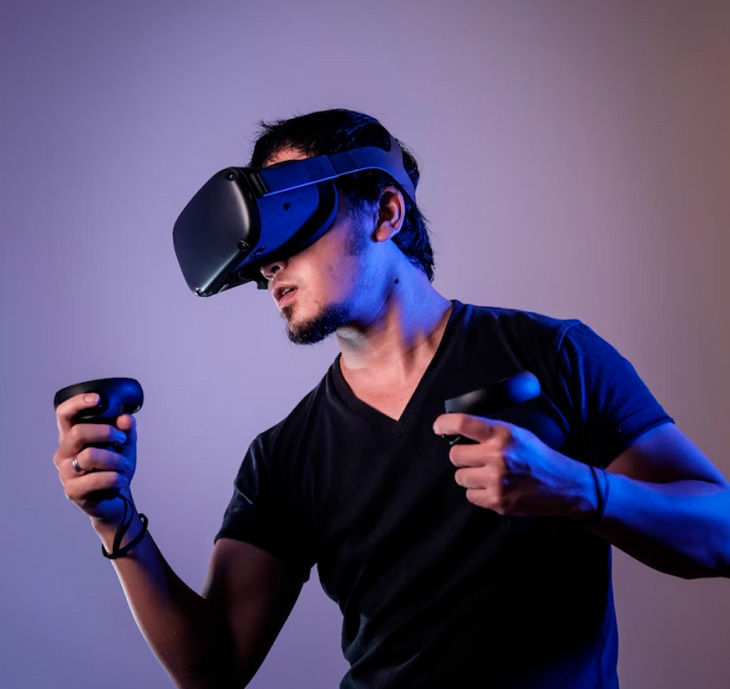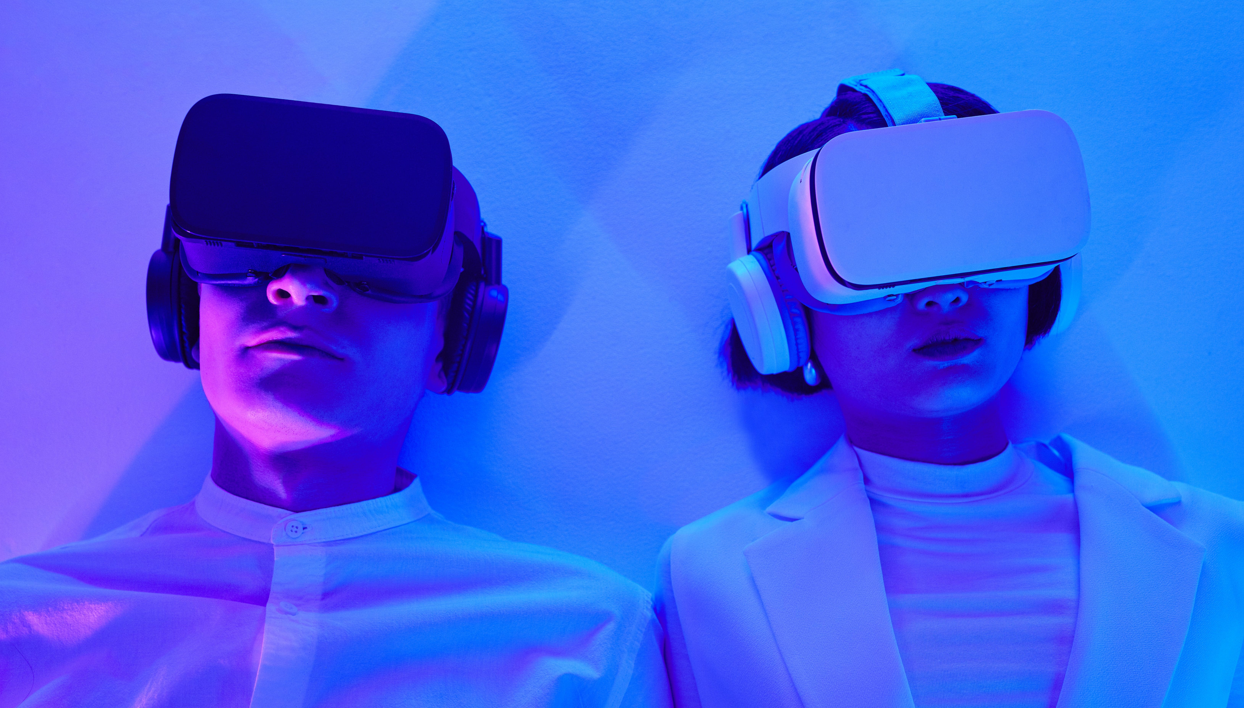Ageism, a form of discrimination based on age, is a prevalent yet often overlooked issue in today’s workforce. It can manifest in various ways, from hiring practices to workplace interactions, affecting both young and older employees. Understanding ageism and addressing it effectively is crucial for creating an inclusive and diverse work environment.
Defining Ageism
Ageism refers to stereotypes, prejudices, and discrimination against individuals based on their age. In the workplace, it can impact hiring decisions, promotion opportunities, and the way colleagues interact with each other.
Examples of ageism in the workplace
Hiring Bias: Preferring younger candidates over older ones, assuming they are more tech-savvy or adaptable.
Limited vrowth opportunities: Assuming older employees are less interested in career advancement or training opportunities.
Stereotyping younger workers: Believing younger employees are inexperienced or lack commitment.
Outdated training methods: Using training methods that don’t accommodate the learning styles of all age groups.
Impact of Ageism
Ageism can lead to decreased job satisfaction, lower productivity, and a lack of diversity in the workplace. It can also result in valuable skills and experience being overlooked, negatively impacting the organization’s growth and innovation.
Tackling Ageism in the workplace
Combatting ageism requires a multi-faceted approach:
Awareness and education: Educating employees about ageism and its impact.
Inclusive policies and practices: Developing hiring and HR policies that prevent age discrimination.
Diverse teams: Encouraging the formation of teams with a mix of age groups.
Lifelong learning: Promoting continuous learning and development for employees of all ages.
The role of VR in Agesim training
Understanding the importance of addressing age-related bias, Kiin is set to release a new VR training experience focusing on ageism. This upcoming module, part of the DiVRse series, aims to bridge the gap between different generations, from Gen Z to Baby Boomers.
Immersive Scenarios: Participants will experience workplace situations from the perspectives of different age groups, gaining insights into the challenges and biases each faces.
Empathy Building: The VR training will foster empathy by allowing users to ‘step into the shoes’ of colleagues of various ages.
Interactive learning: Engaging content will encourage participants to actively engage with the material, making the learning experience more impactful.
Data-Driven insights: Kiin’s approach includes gathering data to understand how the training impacts attitudes and behaviors regarding ageism.
Conclusion
Ageism in the workplace is a critical issue that needs to be addressed to foster a healthy, inclusive, and productive work environment. Kiin’s forthcoming VR experience on ageism demonstrates a commitment to using cutting-edge technology to combat workplace biases and promote a culture of diversity and inclusion.






